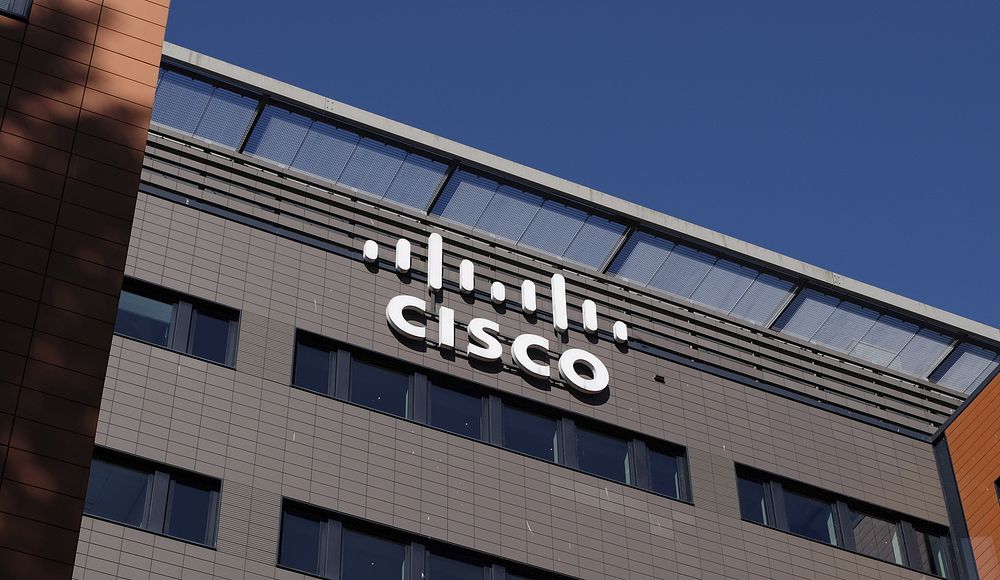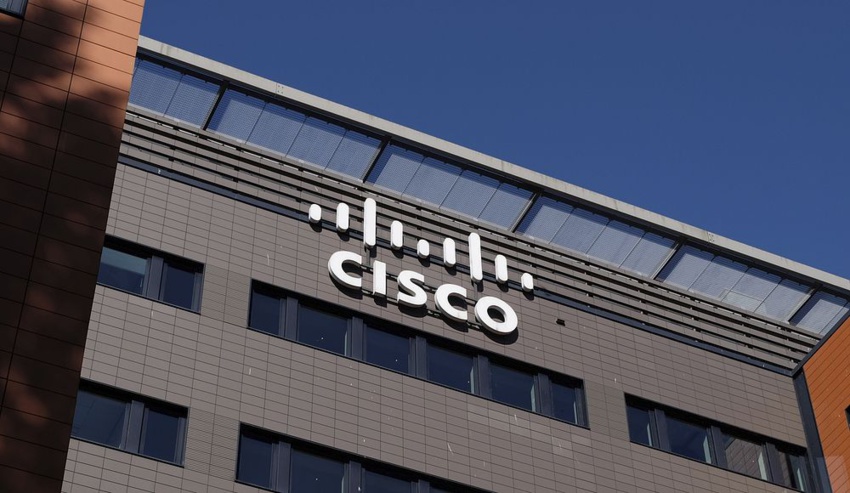Climate change demands both urgent action and long-term planning for meaningful change. Balancing immediate responses with future strategies is essential, and a guiding principle, or "north star," can help achieve progress. In 2021, Cisco set its north star with the goal of achieving net zero greenhouse gas (GHG) emissions across its value chain by 2040. This target was endorsed by the Science-Based Targets initiative (SBTi) in 2022. The following year, Cisco introduced The Plan for Possible, its next-generation environmental sustainability strategy, which prioritizes accelerating the shift to clean energy as one of its key pillars.
As we reflect on the progress made over the past three years, we are excited to share some milestones and explore future solutions to support Cisco and the planet in reaching net zero emissions.
Our Progress So Far
Cisco's net zero goal aligns with climate science and covers its entire value chain, including both the energy use of suppliers and customers. Here are some ways Cisco has been working to reduce its carbon footprint, along with steps organizations might consider to do the same:
As we reflect on the progress made over the past three years, we are excited to share some milestones and explore future solutions to support Cisco and the planet in reaching net zero emissions.
Our Progress So Far
Cisco's net zero goal aligns with climate science and covers its entire value chain, including both the energy use of suppliers and customers. Here are some ways Cisco has been working to reduce its carbon footprint, along with steps organizations might consider to do the same:
- Direct operational emissions: Cisco is enhancing energy efficiency in its buildings and focusing on electrification to cut emissions. It is also transitioning its vehicle fleet to electric vehicles (EVs).
- Indirect operational emissions: By joining the RE100 initiative, Cisco is committed to using 100% renewable electricity, which not only helps achieve its own sustainability targets but also supports the broader push for clean energy access.
- Value chain emissions: Cisco aims for 80% of its suppliers in component production, manufacturing, and logistics to publicly commit to GHG reduction targets by FY2025. As of FY23, 92% of these suppliers have established such goals.
Note: Direct emissions refer to Cisco’s Scope 1 emissions, indirect emissions are its Scope 2, and value chain emissions fall under Scope 3, as outlined by the Greenhouse Gas (GHG) Protocol.*
Looking to the Future
In working toward Cisco’s net zero goal, we are identifying new opportunities that could help other businesses, governments, and even cities reach their own net zero targets. Some key areas of potential include:
- AI and sustainability: The growing use of AI across industries creates opportunities to tackle climate challenges. AI can improve energy and water efficiency through real-time monitoring and predictive analytics.
- Investments in climate technology: Climate tech offers innovative solutions, such as smart grids for efficient electricity management and technologies that capture CO2. Investments in this sector are growing, with annual global investments in clean energy technologies expected to surpass $900 billion by 2030.
- Accelerating clean energy adoption: Renewable energy is increasingly becoming mainstream. In the first half of 2024, wind and solar energy surpassed fossil fuel power in the EU. The International Energy Agency (IEA) predicts that global fossil fuel demand will peak this decade, even without new climate policies. Increasing renewable energy use, improving energy efficiency, and reducing methane emissions are all critical to achieving the emissions reductions needed by 2030.
Collaborating for a Net Zero Future
Achieving net zero requires collective efforts from individuals, businesses, and governments. Cisco is proud to lead this charge, working alongside partners, customers, suppliers, and stakeholders to make the vision of a sustainable future a reality.
Click here to visit Cisco’s ESG Reporting Hub to learn more about our environmental goals.


 Cisco’s Path to Net Zero: Clean Energy, AI, and Climate Tech Innovations
Cisco’s Path to Net Zero: Clean Energy, AI, and Climate Tech Innovations





 Companies
Companies